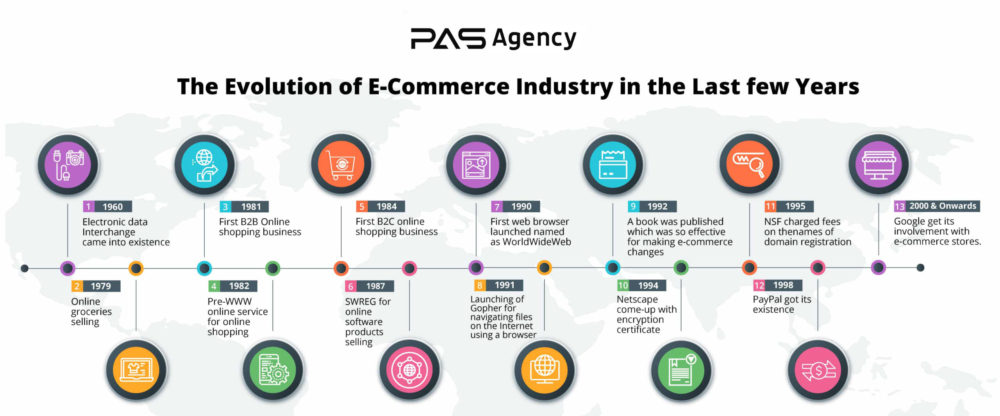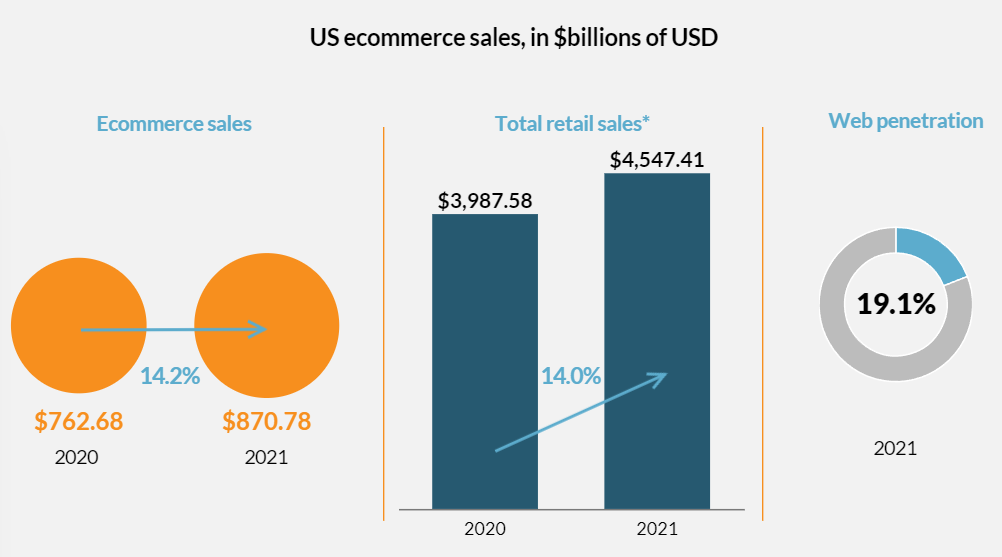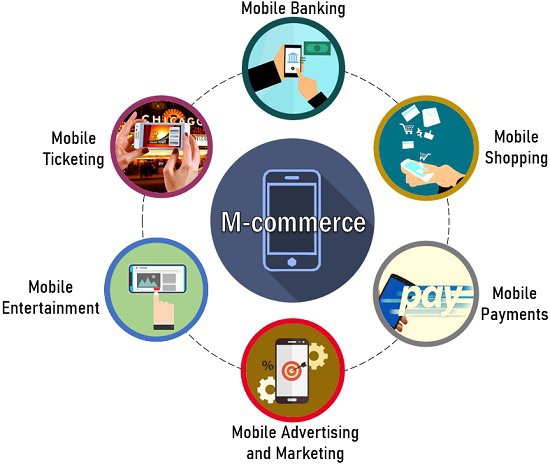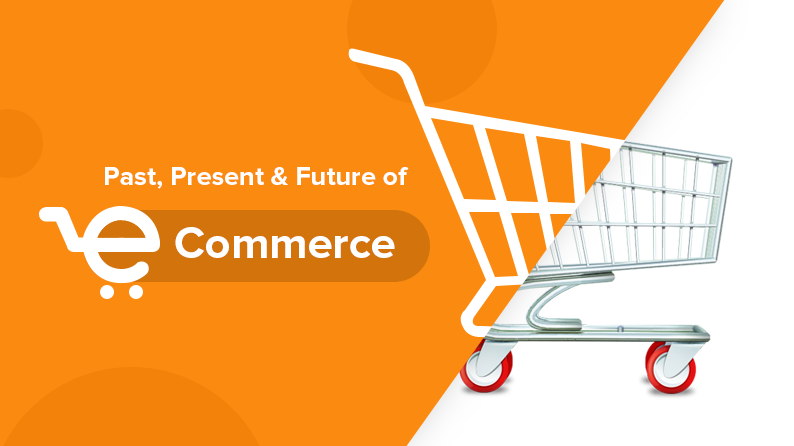HISTORY OF ECOMMERCE
Michael Aldrich (an English inventor) was the first to introduce electronic commerce. Aldrich was the first to introduce electronic shopping.
Since then, significant events have shaped the trends of eCommerce that you see today. First, Jeff Bezos launched Amazon. An eCommerce platform was initially used to sell books, making it one of the top online selling platforms. Amazon increased its profits by 20% during the past year.
The payment method came to prominence on the eCommerce stage many years later. Paypal is famous as an eCommerce buying platform after Elon Musk’s online bank merged.

Google AdWords is a tool that allows trends of eCommerce businesses to optimize their online ads for people using Google Search. Online retailers finally began using the agency within a pay-per-click context.
Many more platforms were created, including ETSY, Shopify, and BigCommerce. These websites increased the market for eCommerce and opened up more options for small-business owners to sell their products.
We’ve already discussed some notable events in eCommerce which have shaped our view of online shopping. Let’s now examine some of these most recent changes.
RECENT CHANGES TO ECOMMERCE
COVID-19
COVID-19 enabled many people to move their daily purchases online, such as clothing, food, and entertainment. According to Digital Commerce 360, consumers spent $ 791.70 billion in 2020 online, an increase of 32.4% from the previous year’s $ 598.02 billion. How businesses sell products/services, has changed over the years, as well as E-commerce.

ARTIFICIAL INTELLIGENCE (AI) TOOLS
AI is rapidly expanding in any industry to aid eCommerce businesses in increasing efficiency and reaching customers more effectively. AI in eCommerce is so fast-growing that Tractica estimates it will have a worldwide value of $ 36.7 billion by 2025.
Amazon Alexa shopping and Google search are voice assistants playing an essential role in eCommerce. They enable users to search for products quickly and communicate with web services through voice commands.
Additionally, there are chatbots to assist buyers with making buying decisions. The bots communicate with customers by text message or phone calls. It allows them to be available 24/7.
SUBSCRIPTIONS
Subscriptions have become the norm in all aspects of business, including Netflix and Spotify, as well as coffee delivery and food preparation kits. This provides discounts on select products, free or discounted shipping, unique occasions benefits, store credit, and values.
Amazon Prime, one of the most prominent subscription models, is one. Amazon Prime membership grew to 200 million members in June 2021. It has become the most prominent subscription eCommerce site to date.
FUTURE E-COMMERCE CHANGES & TRENDS
By 2021 B2B eCommerce sales could reach $ 1.5 billion. That’s 12.2% less than in 2012. We expect it to continue as online business trends dominate B2B company operations. Future directions and developments will impact eCommerce.
GREEN CONSUMERISM
The rapid growth of eCommerce has created a demand for a more sustainable and environmentally-conscious alternative. The environment is important to consumers. GWI found that 60% of internet users agree with the demand for eco-friendly products. It is encouraging that consumers are concerned about eco-friendliness, even the things we might not have expected. Millennials are close to older generations when they say they would buy green, high-priced products.
AI SHOPPING
The future of eCommerce will be influenced more by artificial Intelligence. Personalized buying experiences and AI in online shopping contribute to a better user experience. eCommerce companies can make personalized customer recommendations and offer a better shopping experience using their collected and processed data. AI-based customer journeys are a way to create a customized shopping experience for every customer in online retail.
RISE IN M-COMMERCE
M-Commerce allows you to shop on your mobile device. M-Commerce is where consumers shop online using their mobile devices. Many social media sites, such as Twitter, Instagram, and Pinterest, have added “buy” buttons so shoppers can purchase without leaving their sites. One-click shopping allows customers to place orders without manually entering their payment information.

Conclusion – Where Do We Go From Here?
eCommerce has come a long way. Understanding the difference between terms like CPC and PPC, as well as how the other KPIs are calculated will provide a great insight into where to sell your products online. But there is so much more to learn about this constantly changing industry! What are the changes happening now? What’s going to happen next? What new trends should you be aware of? Stay tuned for an upcoming post covering all of that. Contact PAS Agency for assistance starting your eCommerce journey.

